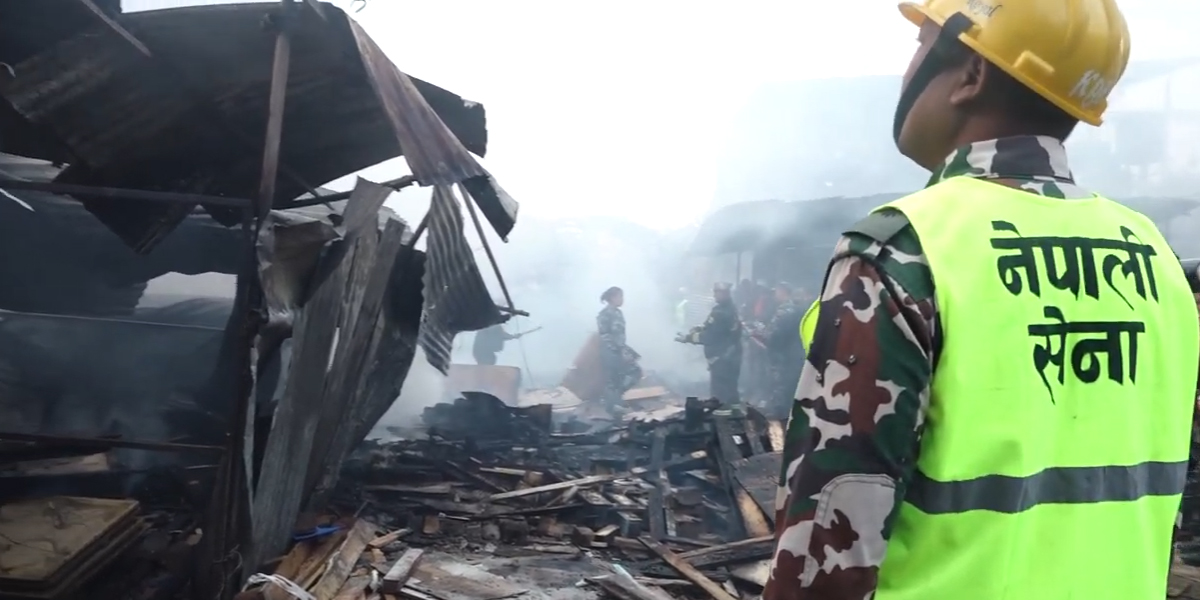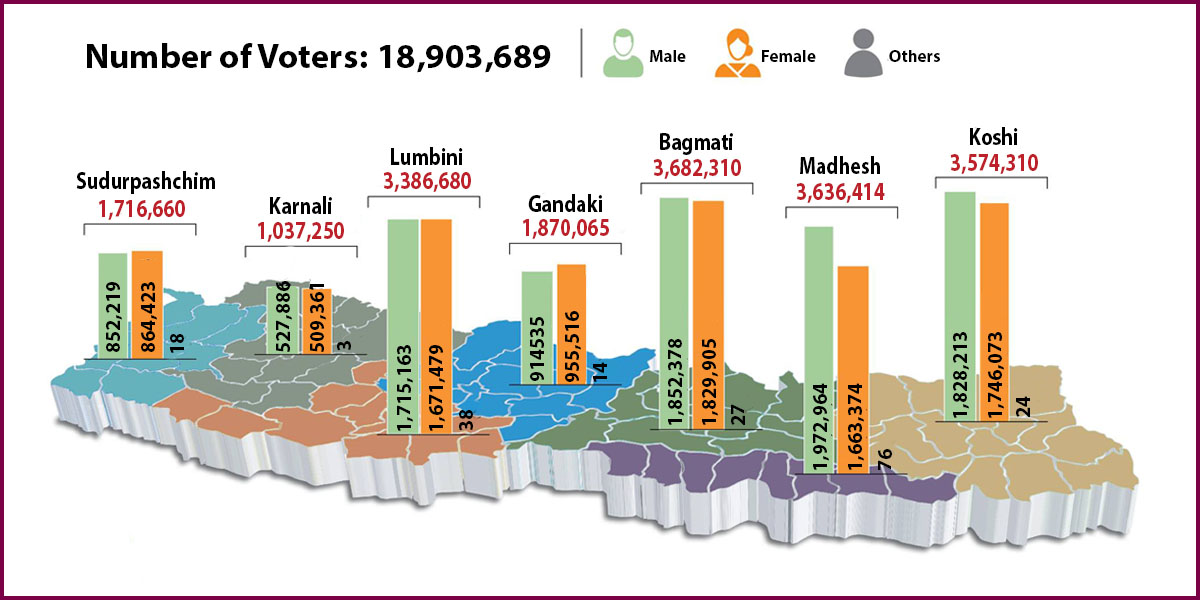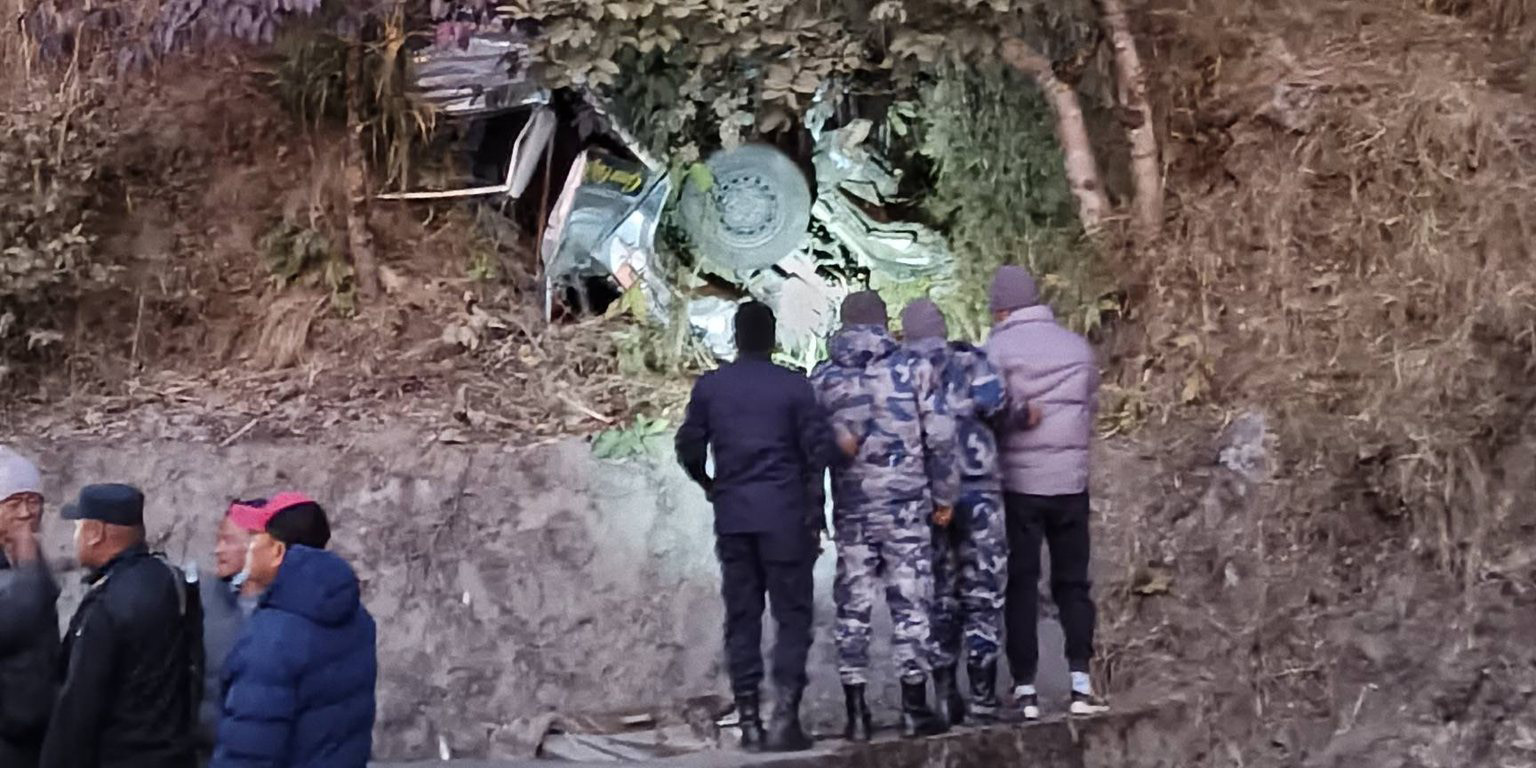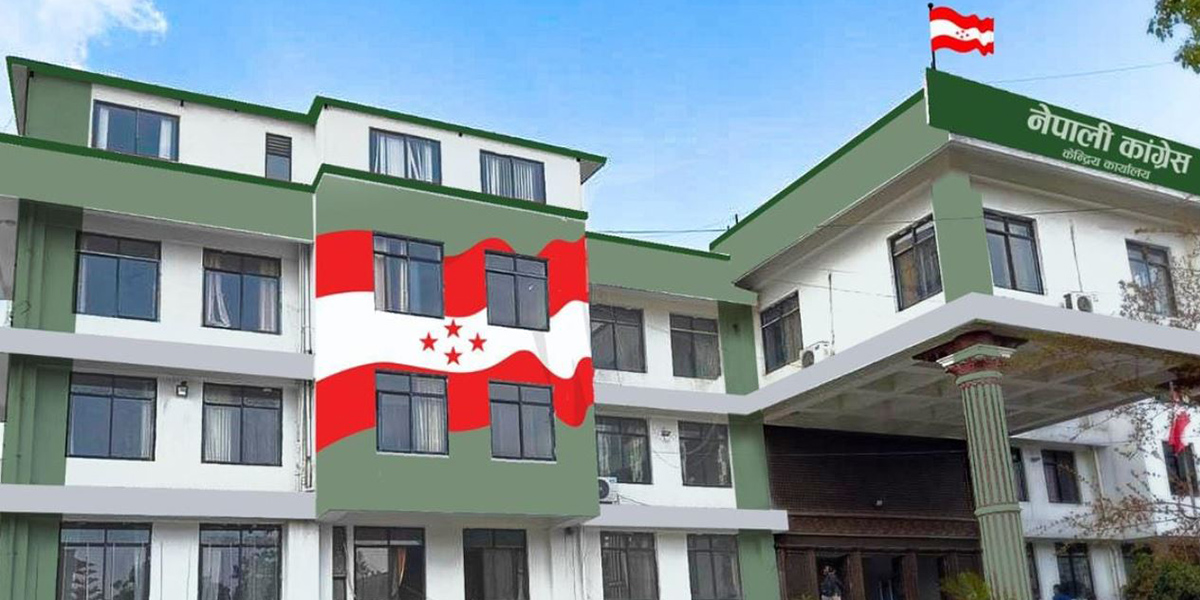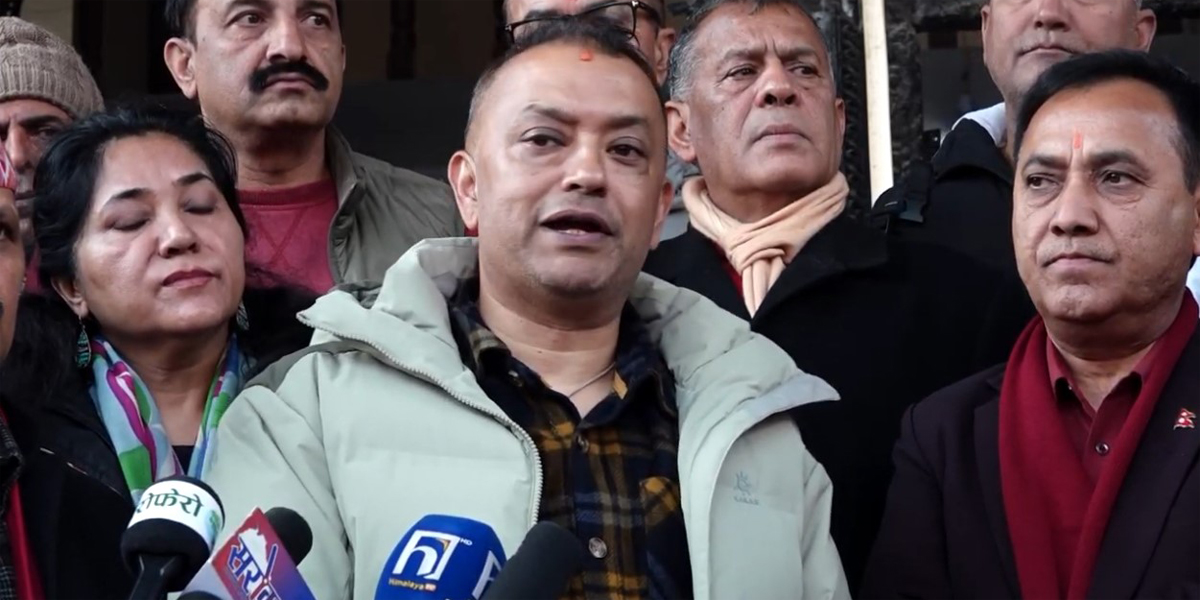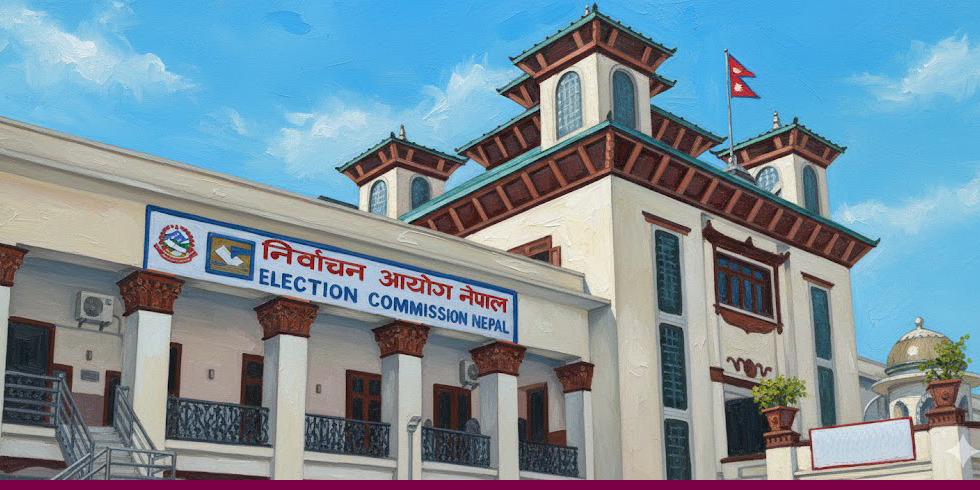 1956 Indian Airlines crash site near Kathmandu Airport. Photo taken from accident inquiry committee led by Surendra Shamsher.
1956 Indian Airlines crash site near Kathmandu Airport. Photo taken from accident inquiry committee led by Surendra Shamsher.
The history of aviation in Nepal dates back to the 1950s. DC-3 Dakotas were the first planes to land in Kathmandu’s airport, then known as Gauchar, which literally meant ‘grazing grounds for cows’.
Nepal recorded its first air accident in as early as 1956. On May 15, 1956, a DC-3 Dakota of Indian Airlines crashed while landing at Gauchar Airport at around 3 pm. The tragic event occurred just weeks after the airport had handled its highest traffic to date. On April 30 of the same year, during King Mahendra’s coronation ceremony, the airport handled 60 flights in just 10 hours.
The ill-fated aircraft was carrying 31 passengers, including crew members, from Simara. Although the plane reached the runway, it skidded after the pilot lost control and veered into the fields on the banks of the Manohara River. The accident claimed 15 lives.
The government formed an inquiry panel led by then Communication Secretary Surendra Shamsher Rana. The committee included Deputy Communication Secretary Yog Prasad Upadhyaya, Director of Aviation Department Jyan Bahadur Pradhan, and Indian representatives MN Sitaram and AMN Shastri from the Department of Civil Aviation. KN Katju, Deputy Chief Engineer of Indian Airlines (later replaced by SG Rangaswami, Kolkata Chief Inspector of Indian Airlines), was in the committee as an observer.
The committee identified the main cause of the crash as the pilot’s poor technical procedure which resulted in the plane bouncing off the runway at high speed. It also provided several important recommendations, including extending and widening the runway, which was deemed too short and narrow. At that time, the airport even lacked basic fencing. The committee suggested installing fences to prevent unauthorized entry of people and animals. It also recommended keeping fire trucks and ambulances on standby 24/7 for emergencies and installing weather equipment for immediate meteorological information. These recommendations were essential minimum infrastructure requirements for an airport. Over the following days and years, improvements were gradually made to the airport.
Nepal has witnessed nearly 100 air accidents in the past seven decades. After each incident, an investigation committee – often termed a high-level investigation committee – is formed. These committees duly submit their investigation reports along with recommendations to the government. However, these recommendations are often not implemented.
This raises important questions: Can authorities absolve themselves of responsibility by blaming pilots and technical issues for the frequent air accidents? Why doesn’t the government show the same promptness and urgency in addressing road accidents as it does with plane crashes? Why don’t roads, buses, and road passengers feature in the government’s priorities?





